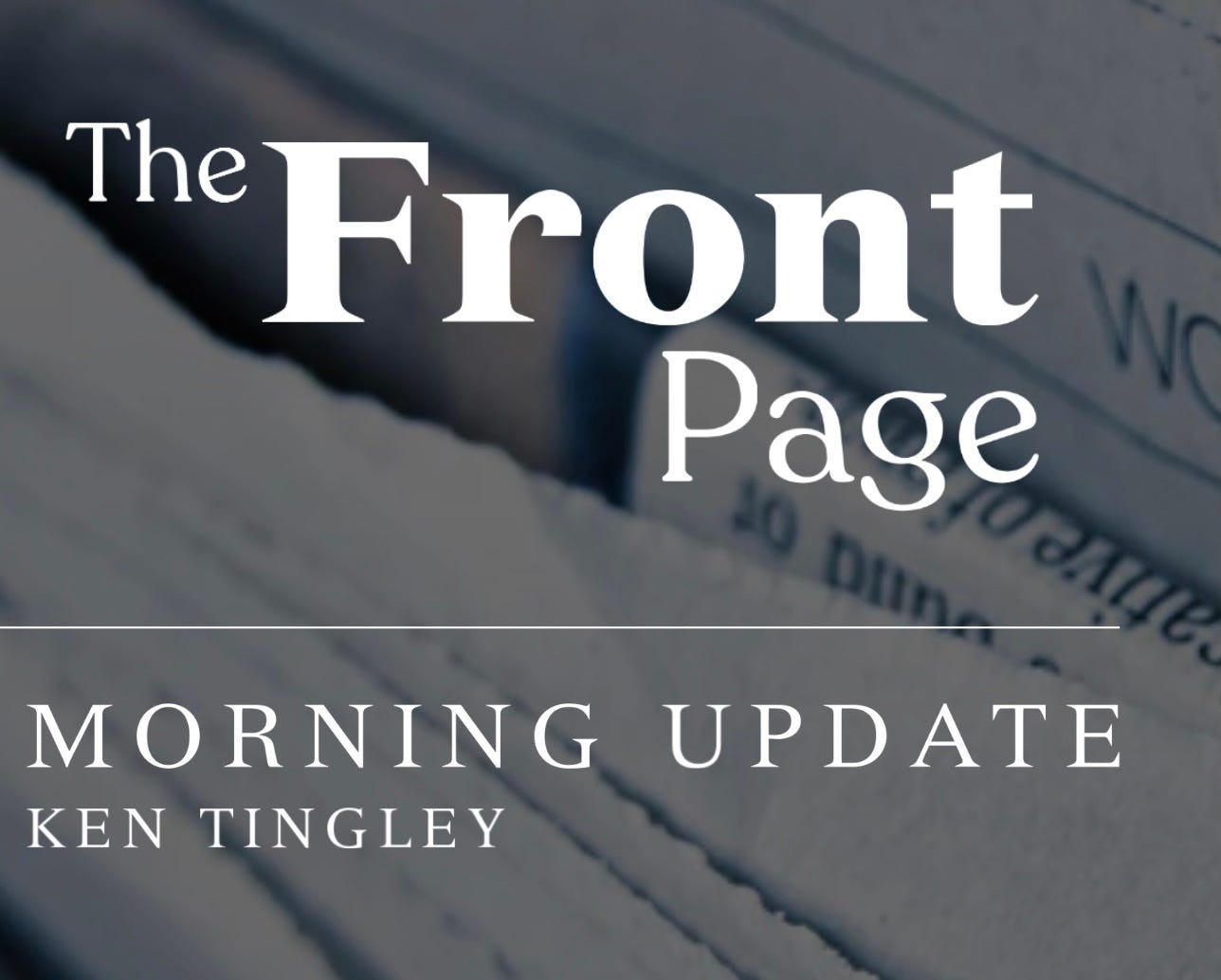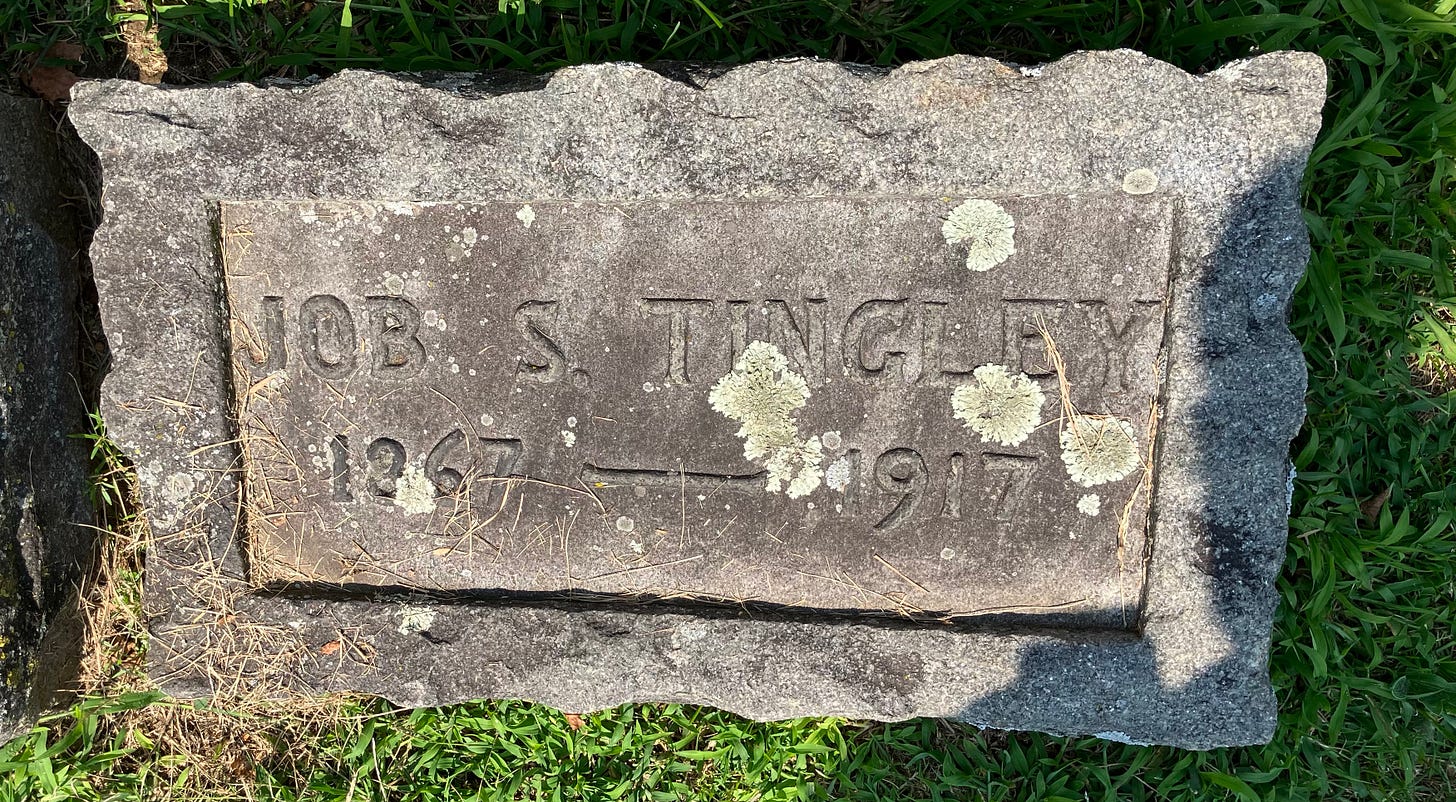My grandmother was there to record a bit of history
Chapman holding another walking tour in downtown Glens Falls Friday
By Ken Tingley
If you were born in southern Connecticut in the 1950s, you grew up hearing about “the great flood.”
Back to back hurricanes in August 1955 set up a cataclysmic 100-year event in Seymour, Ansonia, Shelton and Derby, what I grew up knowing as “The Valley.”
Hurricane Connie grazed the Connecticut shore on Aug. 11, 1955 and two days later an estimated four to six inches to rain saturated dry land and the rivers began to rise.
The next week, Hurricane Diane made a direct hit on Long Island and some 13 to 20 inches of rain fell on Connecticut over two days.
It was devastating to the small towns that line the rivers leading to Long Island Sound.
Nearly 100 people died and 500 buildings were destroyed.
A few years ago, my cousin Dawn shared with me a letter my grandmother - Ruth Guild Tingley - had written in the aftermath of the flood.
“We never dreamed that lazy little stream we called the Naugatuck River could ever turn into the raging torrent that rapidly inundated the whole valley,” my grandmother wrote.
The letter provided many keen observations and details of what my grandmother saw in the aftermath of the flood.
I transcribed the original letter and decided to donate it to the Derby Historical Society where someone might be able to use the information historically.
That was several years ago.
I reached out to the historical society at one point, but did not hear back. Later, while visiting my brother, I tried to deliver the letter personally but no one was there.
The pandemic came and went and I finally heard back from a new executive director who agreed to accept the donation. That was probably a couple years ago. This Sunday, I finally put the letter in the Derby Historical Society mailbox.
Afterward, my brother and I walked across the street to a small cemetery where our great grandfather and great grandmother are buried.
My brother knew the history better than I did.
Apparently, Job E. Tingley moved to Connecticut in the late 1800s after growing up in New Brunswick, Canada. He married Melissa Stannard and they had a dairy farm and large family.
My grandfather, Joseph E. Tingley, was born in 1905. Job died in 1917. His wife Melissa lived until 1938. My father was born in 1932.
My brother said he heard the first Tingleys came to the Colonies in the 1600s, but they later supported the British during the Revolutionary War and were eventually ostracized to Canada until Job finally came back.
As one of Job’s youngest, the farming bug never stuck with my grandfather. He went to work in a local factory when he was just 13 - my father worked there too after he got out of the Navy - and toiled there for 49 years before he passed in 1967.
My grandmother wrote the letter about the flood when she was 50. She had some experience with words in her family. Her father was a linotype operator at the local newspaper - The Evening Sentinel in Ansonia - and sett hot metal type and later becoming the local union president. My grandmother lived another 27 years before dying in 1982. While reading the letter again, I was impressed by her clean prose and detailed observations.
“It makes one realize how small and helpless they are to defend themselves against the elements,” she wrote at the end of the letter. “Water is a powerful thing when it goes on a rampage.”
She got to see it first hand and now others will also get to read her words.
Walking tour
While talking to the folks at the Chapman Museum, I learned the museum hosts walking tours in downtown Glens Falls.
I was planning on going to the downtown tour last Friday. When I called up Friday morning, they told me no one had signed up and the tour was canceled.
“From St. Mary’s Church to the Hyde Collection, this tour runs up and down Warren Street with a look at the important figures who lived here and their many contributions to the success of the greater Glens Falls region.”
If you are looking for something to do Friday morning at 11, why don’t you join me. You have to call the Chapman to register at (518) 793-2826. It also costs $15. A minimum of four is needed for the tour for the tour to take place. I’m hoping there are three more people who will join me.





“We never dreamed that lazy little stream we called the Naugatuck River could ever turn into the raging torrent that rapidly inundated the whole valley,”
I can identify with your grandmother. I lived in Stowe Vermont in the 80s in a campground because I wasn’t making much money. That’s all I could afford.
I went to bed one night and it was raining. It was late April and had been rainy all spring. I woke up in the middle of the night and the bottom of my tent was like a waterbed.
When I got up I saw that the little stream behind my site, that I could’ve jumped over previously, was endless. The other side where I drove in was underwater too.
Large trees were floating by. At one point, I crawled over one and thought maybe I could swim across. I came to my senses and made it back to the site and the tree I’d been holding onto.
I’m not sure how long I was there, but eventually a speedboat came to rescue me.
Kind of in that same vein, why would anyone name their son Job. That’s just asking for trouble.
The connection through the generations -- writing, newspapers--is fascinating.